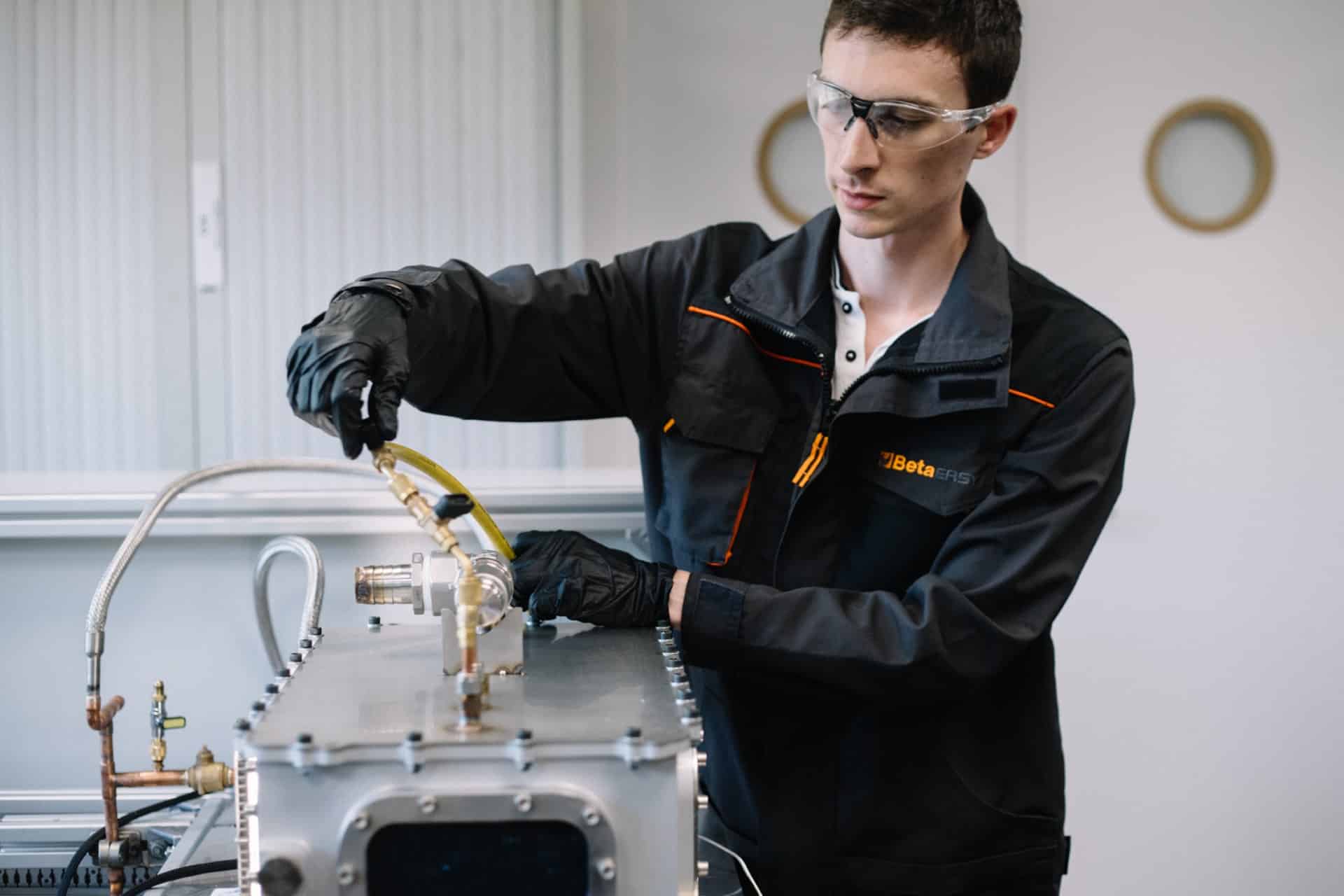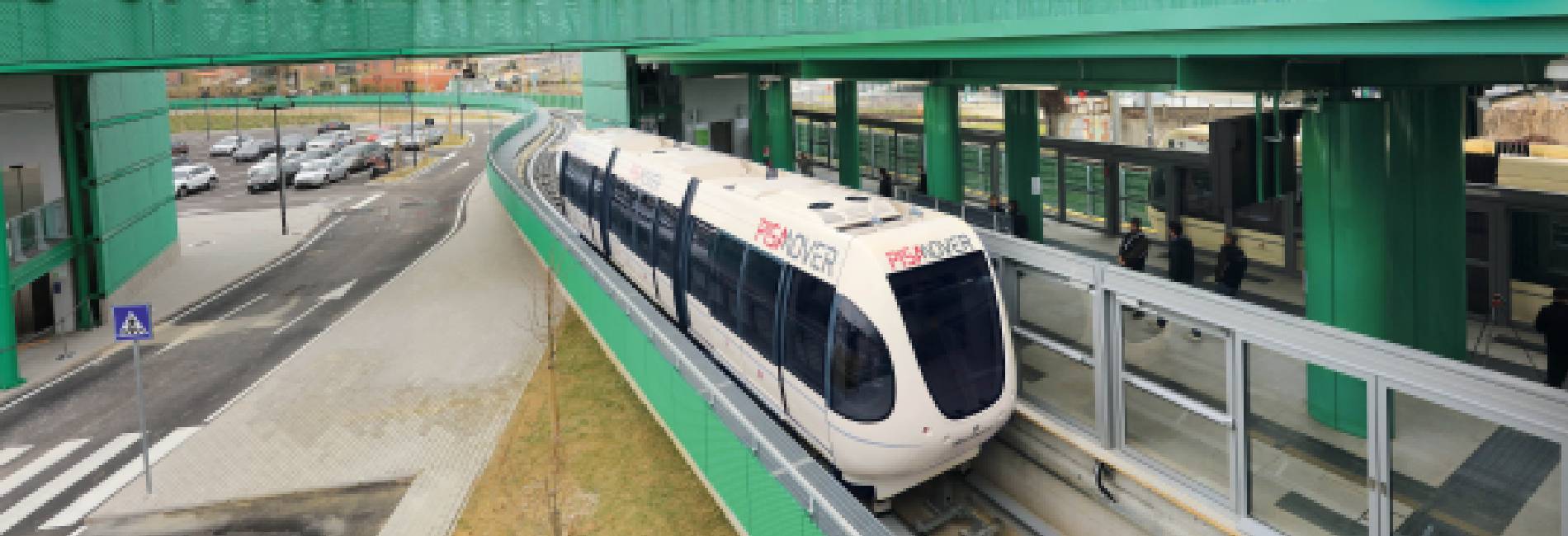Our impact
A model A7 Highway South, Germany
Background
The A7 project consists of the design, construction, financing, maintenance, and operation of a 59.75km stretch of the A7 Autobahn between Bockenem and Göttingen in Lower Saxony. The Project includes the extension of c. 29km of roads from 2×2 to 2×3 lanes between the motorway exit of Seesen and the town of Northeim.
The project is an essential North-South road connection for Germany and for Europe as A7 is a component of the TEN-T (Trans European Transport) network and the average daily traffic load on the motorway is c. 50,000 vehicles per day out of which 20% are HGVs.
The consortium formed by Vinci and Meridiam was awarded the Project in February 2017 and construction started in May 2017. The operation and maintenance obligations are self-performed by the Project Company.
Stage:
Under Construction
ESG/SDG Key Facts:
Similar to what is implemented in the other two Meridiam-Vinci road projects in Germany (A4 and A5), a significant focus on safety targeting the road agents has been developed. In particular, staff uses a dedicated app on their mobiles to report all near misses and incidents so that those near misses/incidents can be analysed, debriefed and ultimately avoided.


